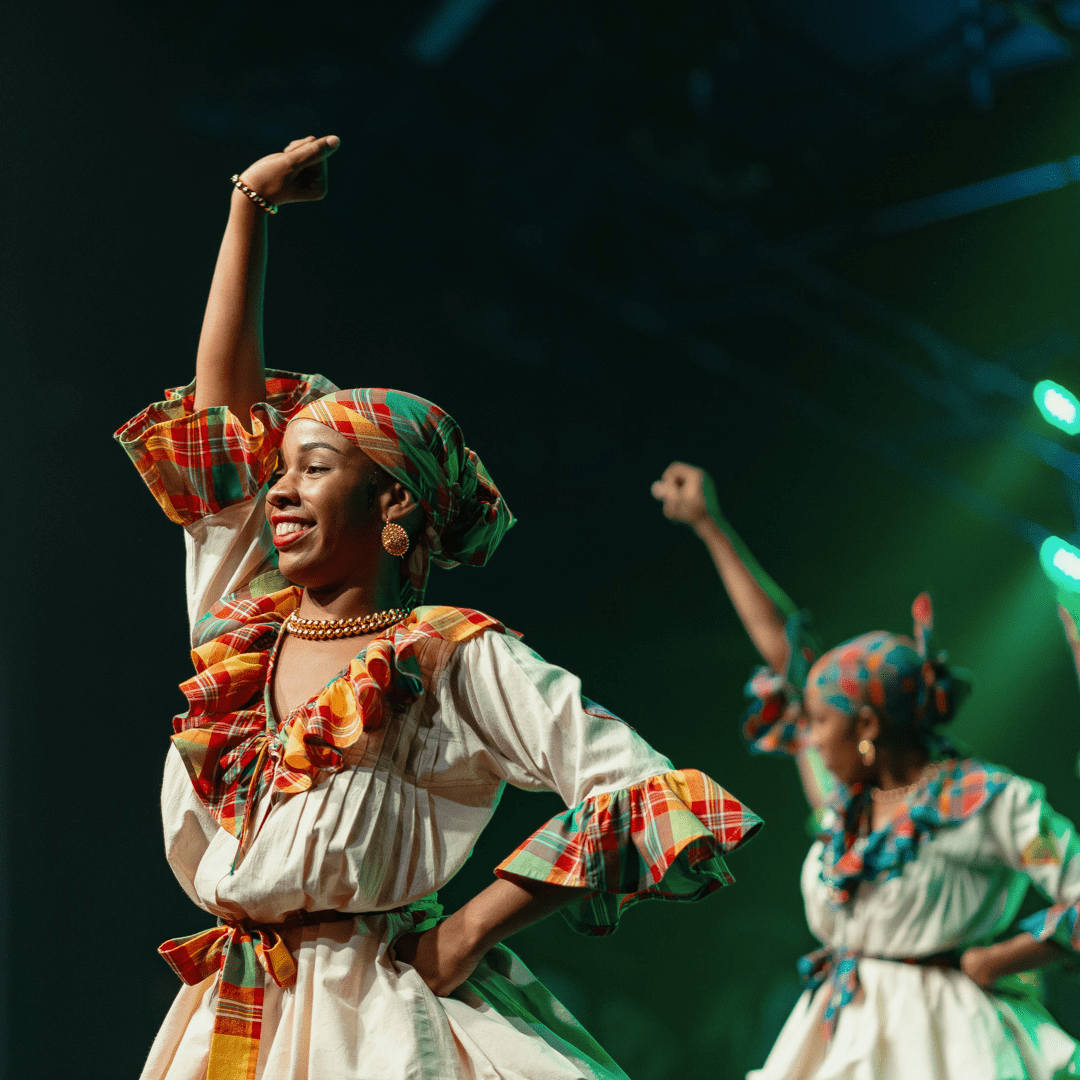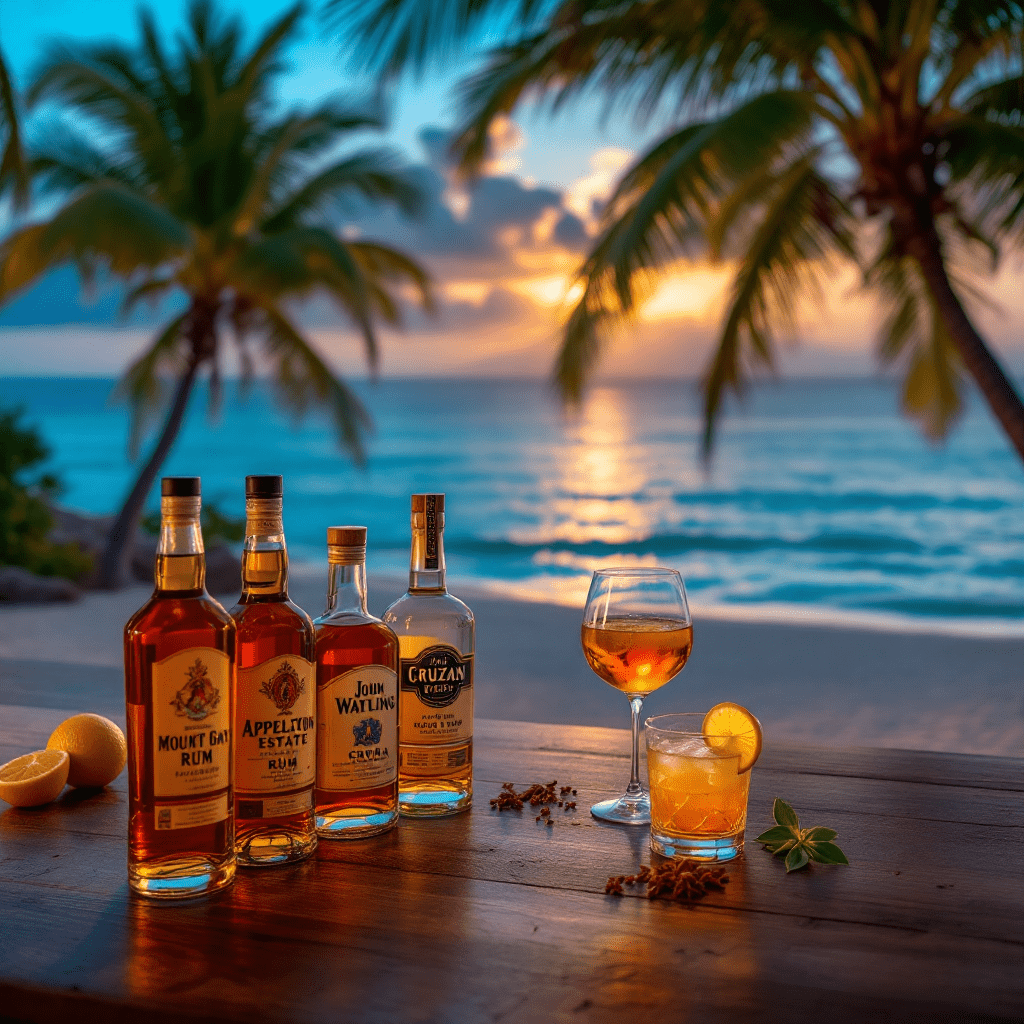Biguine is undoubtedly one of the first cultural treasures that the French Caribbean islands have offered to the world. More than just a musical genre, it embodies the history, traditions and evolution of a people. Anchored in the daily lives of the people of Martinique and Guadeloupe, this dance and music has survived the centuries to become a symbol of cultural pride. How did this music come into being, and why does it hold such a special place in the hearts of the inhabitants of these islands and far beyond?
The origins of Biguine: a meeting of cultures
Born in Saint-Pierre, Martinique, Biguine is the result of a musical crossbreeding between the bélé, a rural Martinican rhythm, and the polka, an urban European genre. This unique blend has given birth to a rhythmic, syncopated music to which bodies naturally move. The Biguine is distinguished by its two-beat rhythm, accentuated by a syncopation that makes you want to waddle, with a sensuality that is at the heart of couple dancing.
The meeting of these two genres symbolizes much more than a simple blend of rhythms. It bears witness to a time when the descendants of slaves sought to assert themselves, to claim their place in a rapidly changing society. Dancing and playing the Biguine was a way of distinguishing themselves, of showing that they were twentieth-century citizens, connected to modernity while remaining anchored in their Creole roots.
La Biguine: between modernity and tradition
The Biguine quickly transcended its role as simple entertainment to become a symbol of modernity in the society of the French Caribbean islands. For the Martiniquais of the early 20th century, playing the Biguine was also an affirmation of belonging to an urban, educated elite. Played at society balls and parties, this music reflected an aspiration for sophistication and civility. It enabled the descendants of slaves to differentiate themselves from those who remained in the countryside, often still associated with rural traditions and ancestral rhythms.
Another unique aspect of Biguine is its political role. Indeed, the often ironic lyrics of the songs served as a means of commenting on current events, particularly election campaigns. Classics such as Métis Tintin and Boféa are examples of songs that mocked election candidates, transforming the music into a space for subtle political debate.
Emblematic Biguine instruments
One instrument plays a central role in the Biguine’s sound: the clarinet. In the late 19th and early 20th centuries, the clarinet was an accessible, easy-to-play instrument, suited to the tropical conditions of the Caribbean islands. At the time, the poor man’s instrument was still the violin, but the clarinet took over thanks to its robustness and simplicity.
Musicians like Alexandre Stellio have left their mark on Biguine history with their impressive mastery of the instrument. Stélio, in particular, is known for his endless choruses and prodigious breath, creating a music that is both melancholy and energetic, deeply rooted in the memory of Saint-Pierre before the tragic eruption of 1902.
Biguine and its heritage: a springboard to Zouk
Biguine is not only a music of the past, it is also the ancestor of many other Creole musical forms, including zouk, which conquered the world in the 1980s. From Biguine to reggae to mambo, these genres all share common roots in Creole rhythms, which have travelled and evolved over the centuries.
Artists like Léona Gabriel have also played a key role in preserving and passing on the biguine tradition. In the 1940s, she became the spokeswoman for the biguine tradition, ensuring that this musical style continued to be played and recognized in its authenticity.
The International Expansion of Biguine: From Paris to New Orleans
Although Biguine originated in the French Caribbean islands of Martinique and Guadeloupe, it soon spread beyond these islands to other parts of the world, such as mainland France and the USA.
In the 1930s, talented musicians such as Alexandre Stellio and Sam Castendet brought the Biguine to Paris, where it quickly won over the Parisian public, particularly after the 1931 Colonial Exhibition. This period marked the entry of Biguine into Parisian balls and cabarets, contributing to its rise in Europe and its status as an international cultural phenomenon.
Biguine also influenced jazz in the United States, particularly in Louisiana, where the Creoles of New Orleans incorporated Biguine rhythmic elements into their compositions, thus contributing to the evolution of this emblematic music.
Today, Biguine is a living testimony to the rich cultural heritage of the French Caribbean islands. More than just a music, it embodies the resilience, identity and heritage of Martinique and Guadeloupe, while inspiring new generations of musicians. This timeless musical genre continues to shine through international events such as the Biguine Jazz Festival in Martinique, where world-renowned artists pay tribute to a music that continues to evolve, while remaining deeply rooted in the collective memory of the Creole world.







































2 Responses
Definitly this is an amazing and authentic experience.